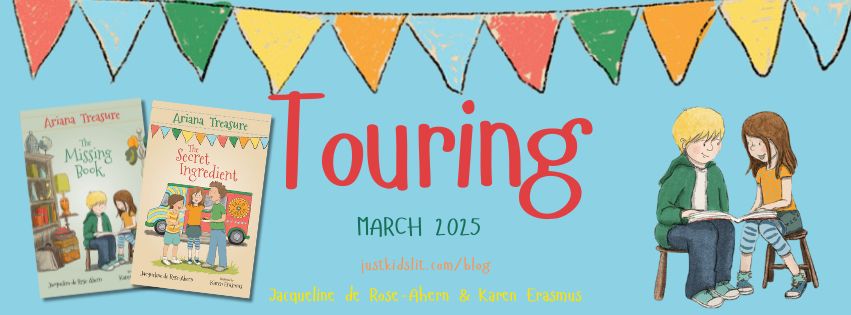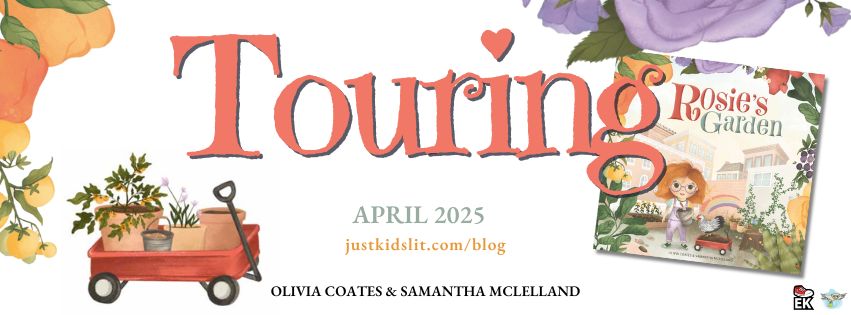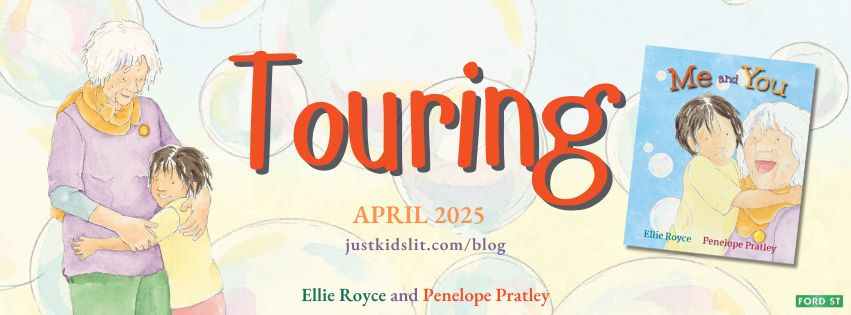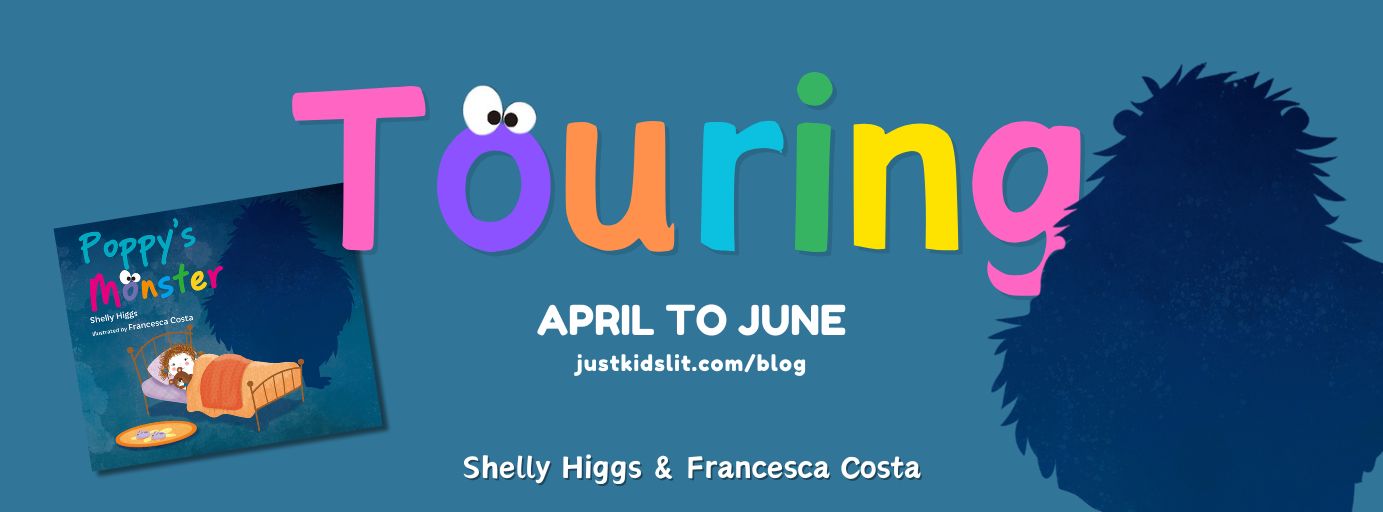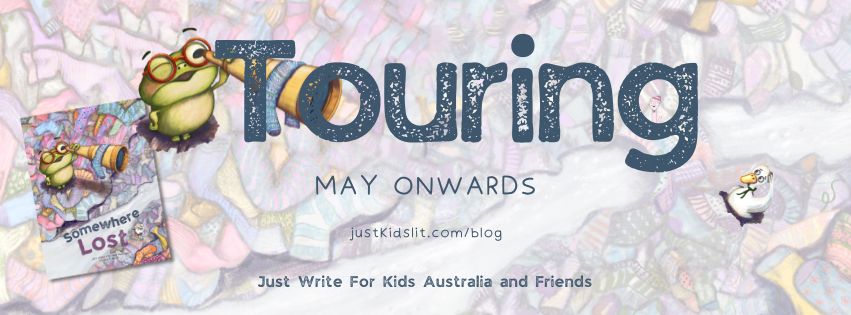#carlymillspioneergirl #theladywiththelamp #bookcampaign #booksontourpr
In The Lady with the Lamp, Carly Mills and her friends are thrust back in time to the mid 1800s, where they meet the inspirational founder of modern nursing, Florence Nightingale. Travelling through London and the Crimea in Turkey, they discover what life was like for women, and how healthcare and sanitation was so drastically poor compared to the standards of today. Until Florence Nightingale made extraordinary sacrifices, with gusto, with her work and accomplishments in the field. There are a plethora of learning experiences available to explore with this era and this remarkable woman in history… here are a few ideas to get you started with your reading of The Lady with the Lamp by Jane Smith.
Discussion and Activities
Before Reading Questions –
Look at the cover of ‘Carly Mills Pioneer Girl; The Lady with the Lamp’. What do you see? What do you think this book might be about?
Have you heard of ‘the lady with the lamp’? Why might this name have been given to her?
What do you know about Florence Nightingale? The blurb gives us some information about the story and about Florence Nightingale. Discuss.
Read the quote, ‘Live life when you have it. Life is a splendid gift – there is nothing small about it.‘ What might this mean? Why would someone like Florence Nightingale use those words?
After Reading Questions and Tasks –
Character Profiles
Curriculum Links:
Year 3 / 4 English – Expressing and developing ideas (ACELA1484)(ACELA1498) / Literature and context (ACELT1594) / Interpreting, analysing, evaluating (ACELY1680)(ACELY1692)
Year 5 / 6 English – Expressing and developing ideas (ACELA1512) (ACELA1525) / Literature and context (ACELT1608)(ACELT1613) / Interpreting, analysing, evaluating (ACELY1703)(ACELY1713)
Questions: What words can you use to describe each character; Carly, Dora, Simone and Florence Nightingale? How are Carly and Florence similar or different?
Task: Write a character profile for one of these women, using vocabulary and contexts from the book and through research.
Then and Now
Curriculum Links:
Year 3 / 4 English – Expressing and developing ideas (ACELA1498) / Literature and context (ACELT1594) / Responding to literature (ACELT1596) / Interpreting, analysing, evaluating (ACELY1680)(ACELY1692)
Year 5 / 6 English – Literature and context (ACELT1608) / Responding to literature (ACELT1614) / Interpreting, analysing, evaluating (ACELY1701)(ACELY1702)(ACELY1703)(ACELY1713)
Year 3 / 4 Humanities and Social Sciences – Questioning (ACHASSI052)(ACHASSI073) / Researching (ACHASSI053)(ACHASSI054)(ACHASSI075) / Evaluating and Reflecting (ACHASSI059)(ACHASSI060)(ACHASSI081) / History (ACHASSK063)
Year 5 / 6 Humanities and Social Sciences – Questioning (ACHASSI094)(ACHASSI122) / Researching (ACHASSI095)(ACHASSI096)(ACHASSI123)(ACHASSI124) / Analysing (ACHASSI099)(ACHASSI127) / Evaluating and Reflecting (ACHASSI104)(ACHASSI132) / History (ACHASSK107)(ACHASSK110)
Questions: What differences can you identify with the healthcare and nursing systems between then and now? What about other differences, like the treatment of women? In what ways are we better off today?
Task: Complete a Venn Diagram comparing a particular aspect between ‘then’ and ‘now’.
Exposition Writing
Curriculum Links:
Year 3 / 4 English – Text structure and organisation (ACELA1478)(ACELA1490) / Expressing and developing ideas (ACELA1484) / Literature and context (ACELT1594) / Responding to literature (ACELT1604) / Creating literature (ACELT1601) (ACELT1607) / Texts in context (ACELY1675) / Interpreting, analysing, evaluating (ACELY1678)(ACELY1680)(ACELY1690) (ACELY1692) / Creating texts (ACELY1682)(ACELY1694)
Year 5 / 6 English – Text structure and organisation (ACELA1504)(ACELA1518) / Expressing and developing ideas (ACELA1512)(ACELA1525) / Literature and context (ACELT1608) (ACELT1613) / Responding to literature (ACELT1609)(ACELT1795) / Creating literature (ACELT1612)(ACELT1618) / Texts in context (ACELY1698) / Interpreting, analysing, evaluating (ACELY1701)(ACELY1703)(ACELY1711)(ACELY1713) / Creating texts (ACELY1704)(ACELY1705)(ACELY1714)
Questions: Why do you think Florence Nightingale refused to adhere to her family’s wishes? Who was right / wrong? Why? What would you do in that situation, if your family didn’t agree with the path you wished to take?
Task: Write a letter / exposition as Florence Nightingale explaining why you feel a career in nursing is important.
Florence’s Lamp
Curriculum Links:
Year 3 / 4 English – Responding to literature (ACELT1596)(ACELT1603) / Expressing and developing ideas (ACELA1494)
Year 5 / 6 English – Literature and context (ACELT1608)(ACELT1613 )
Years 3 / 4 / 5 / 6 Visual Arts – (ACAVAM111)(ACAVAM112 )(ACAVAM115)(ACAVAM116)
Questions: What do you think it must’ve been like for the soldiers in the Scutari Hospital in those terrible conditions? Why did the patients give Florence Nightingale the name, ‘the lady with the lamp’? How was her dedication beneficial to them?
Task: Make your own ‘lamp’ or lantern from paper, cardboard or a glass jar with an LED light or cellophane. Write Florence’s famous quote and attach it to your lamp. Display.
Florence Nightingale Fact Chart
Curriculum Links:
Year 3 / 4 English – Expressing and developing ideas (ACELA1498 ) / Interpreting, analysing, evaluating (ACELY1678)(ACELY1680)(ACELY1690)(ACELY1692) / Creating texts (ACELY1682)(ACELY1694)
Year 5 / 6 English – Literature and context (ACELT1608)(ACELT1613) / Creating literature (ACELT1618) / Texts in context (ACELY1708) / Interacting with others (ACELY1700)(ACELY1710) / Interpreting, analysing, evaluating (ACELY1702)(ACELY1701)(ACELY1703)(ACELY1711)(ACELY1712)(ACELY1713) / Creating texts (ACELY1704)(ACELY1714)
Year 3 / 4 Humanities and Social Sciences – Questioning (ACHASSI052)(ACHASSI073) / Researching (ACHASSI053)(ACHASSI054)(ACHASSI075) / Evaluating and Reflecting (ACHASSI059)(ACHASSI060)(ACHASSI081)
Year 5 / 6 Humanities and Social Sciences – Questioning (ACHASSI094)(ACHASSI122) / Researching (ACHASSI095)(ACHASSI096)(ACHASSI123)(ACHASSI124) / Communicating (ACHASSI105)(ACHASSI133) / History (ACHASSK110)
Questions: What else do you know, or want to know, about Florence Nightingale? Why did she believe she had made mistakes, and how did she improve on her work? How did her interest in mathematics and statistics help her? Why do you think Florence Nightingale didn’t want to be famous? What do you most admire about her?
Task: Complete a chart on Florence Nightingale (you might like to represent your work like a ‘pie chart’ or similar) with the sub-headings; Name / Date of birth / Place of birth, Famous for…, Interesting Facts, Picture of Florence Nightingale, I admire her because…, Famous Quote. Present as a written, oral or digital presentation.
BONUS!
Check out MORE Teaching Resources for The Lady with the Lamp and the other titles in the Carly Mills Pioneer Girl series at Jane Smith’s website!
Carly Mills; The Lady with the Lamp is written by Jane Smith, published by Big Sky Publishing. Notes prepared by Romi Sharp.
Please follow Jane Smith at her website: Jane Smith, Author – Home (janesmithauthor.com)
The official Carly Mills, Pioneer Girl website: CARLY MILLS, PIONEER GIRL – Carly Mills, Pioneer Girl (carlymillspioneergirl.com)
Facebook | Instagram | Twitter
The Carly Mills, Pioneer Girl series is available for purchase through: Big Sky Publishing | Booktopia
WIN a Trip to the Past with the Carly Mills 4 #BookGiveaway!
Click here to ENTER to WIN a copy of the exciting time-travelling adventure, The Lady with the Lamp!
Join us as we time travel with Jane Smith and her exciting historical fiction chapter book, Carly Mills Pioneer Girl; The Lady with the Lamp, across the blogosphere and at the following media sources…
BOOK LAUNCH NEWS
Creative Editing Panel and Book Launch with Jane Smith
WHEN: August 14, 2021 @ 2:00 pm – 4:00 pm
WHERE: Hills District Community Centre Hall, Arana Hills 4054
FREE Event. Register HERE.
Organised by Books On Tour PR & Marketing. Email: info.booksontour@gmail.com














